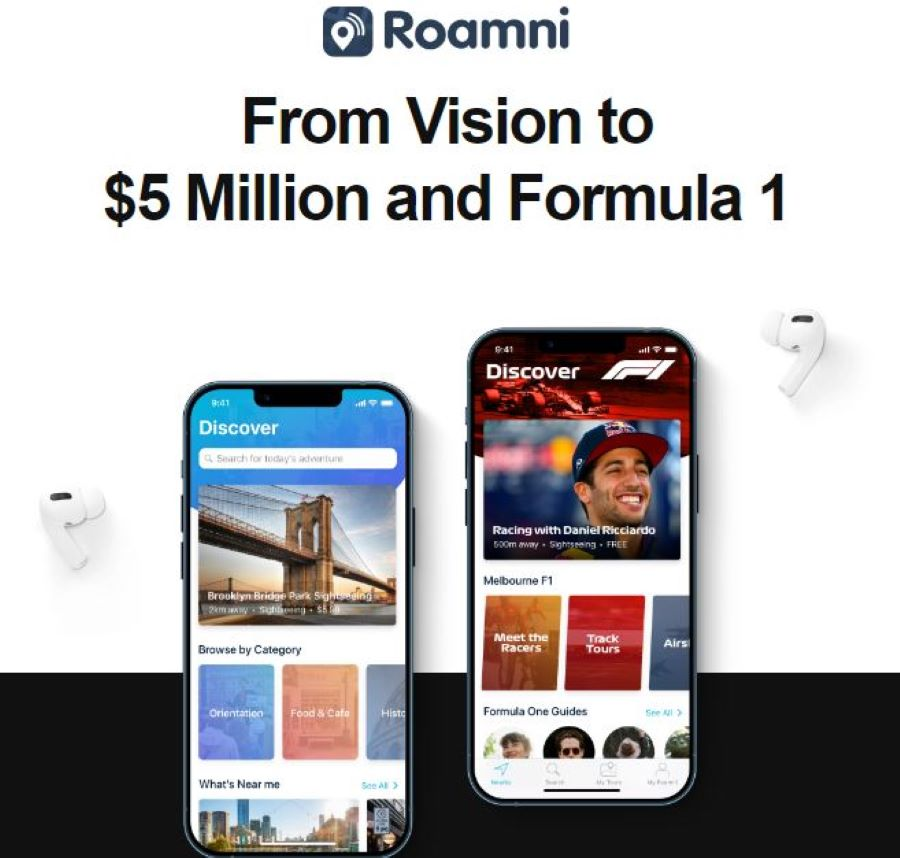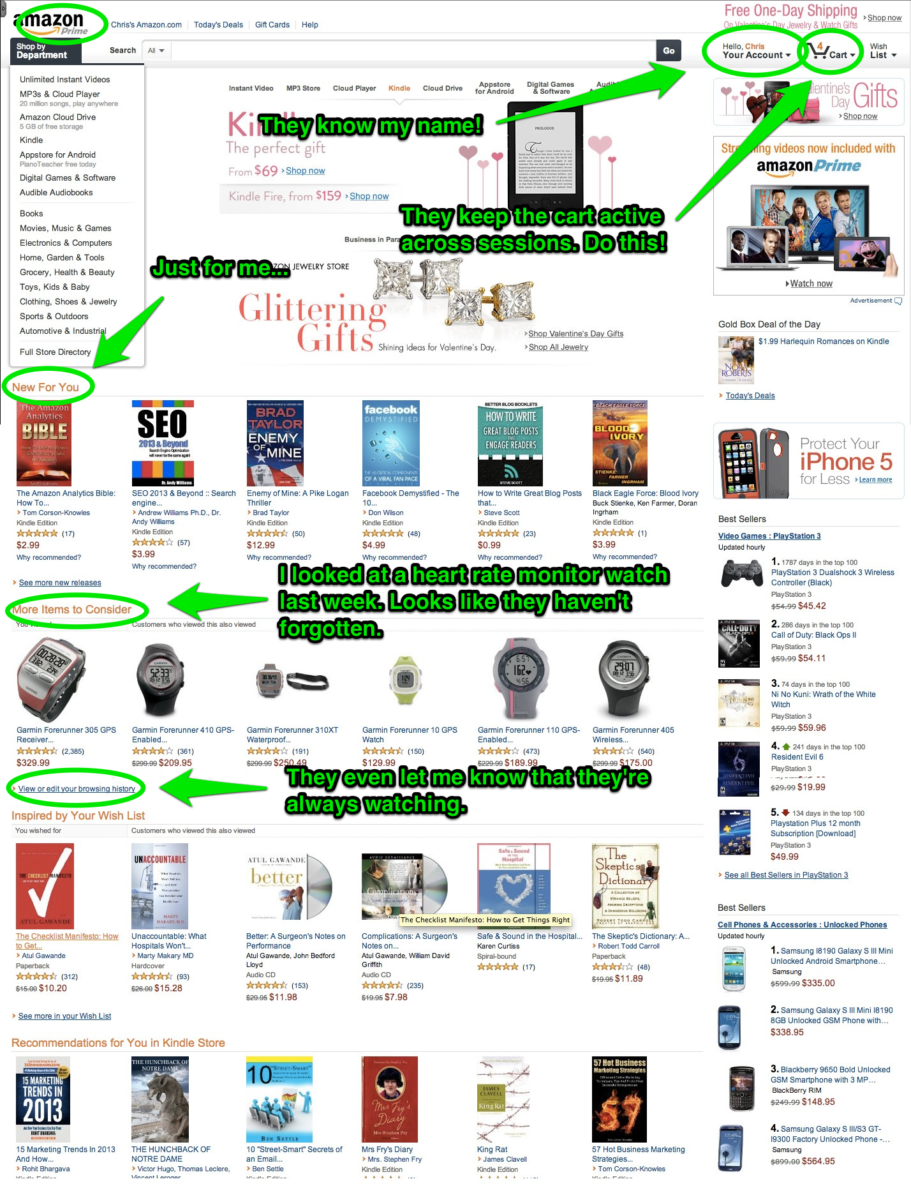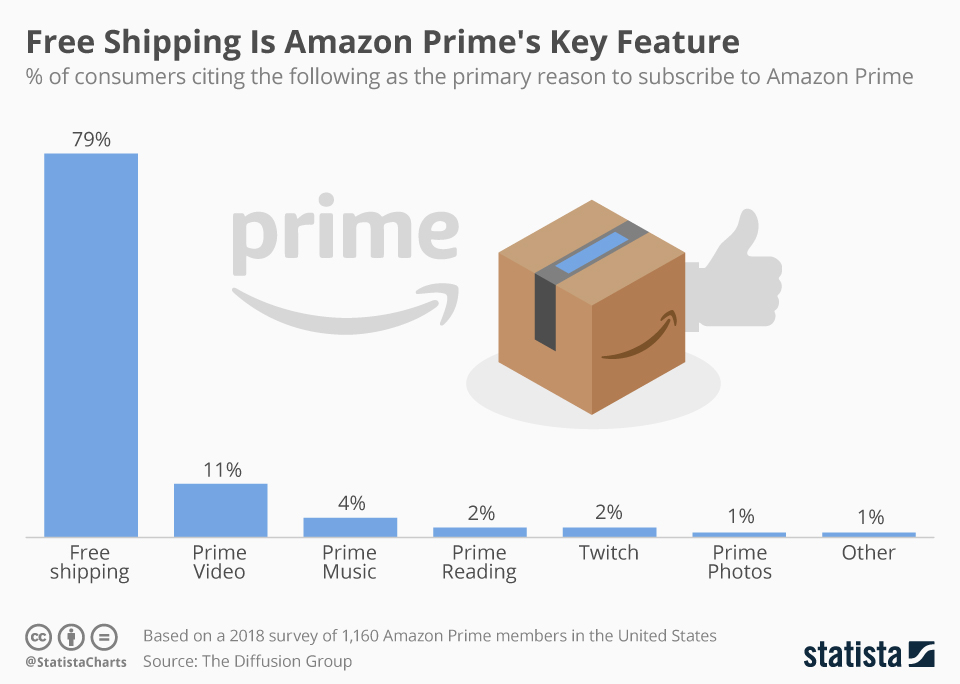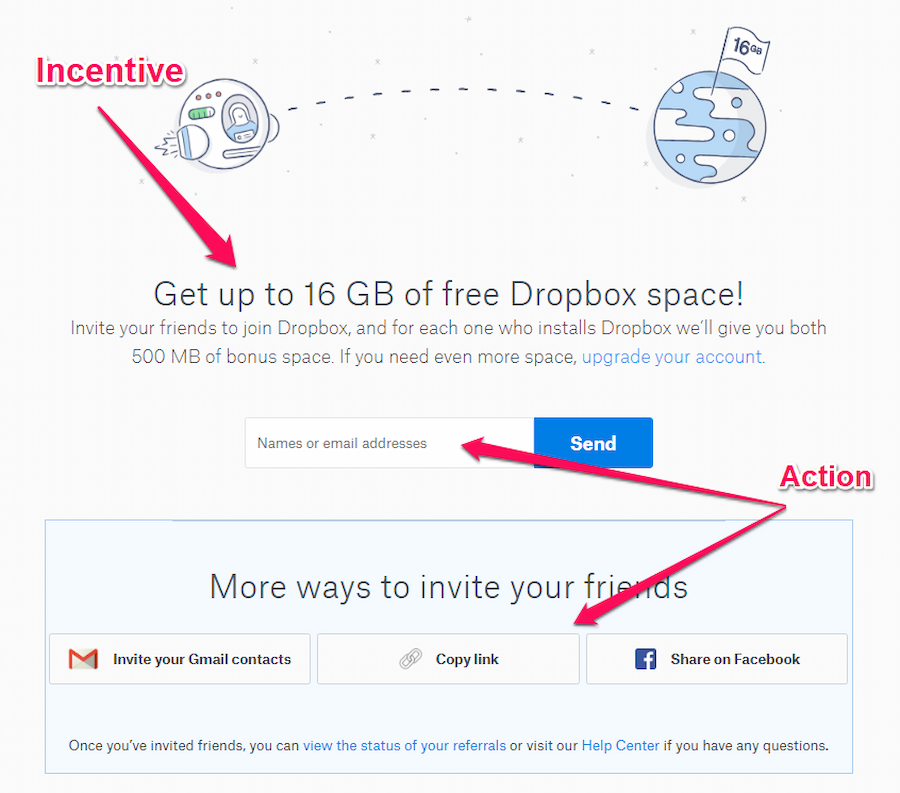Customer Acquisition vs Customer Retention: Striking the Balance

Building customer relationships is a tightrope walk.
In business, you must strike the balance between customer acquisition and customer retention.
Customer acquisition involves finding and attracting new customers through intense marketing campaigns, while customer retention deals with nurturing existing customers to encourage repeat business.
Both are crucial for long-term success.
To know how important they are and how they interact with each other to keep your business viable, read this article. Discover the common ground and differences between customer acquisition vs customer retention and what specific situations they are ideal for.
Without further ado, let’s jump right in!
Customer acquisition vs customer retention: Similarities
Though different in their focus, customer acquisition and retention share many common goals and needs. Both aim to deliver an excellent customer experience and generate revenue for the business.
Let’s explore the key similarities between these two concepts.
Strategic planning is essential for both acquisition and retention
Effective customer acquisition and retention hinge on well-planned strategies and a deep understanding of your customers.
Customer acquisition typically involves:
- Market research
- Demand generation
- Identifying your unique selling proposition
- Clearly communicating that the problems you solve are vital for your customers’ success
You can carry out these tasks through channels like content marketing and advertising. If you have a small business, you can check out our article on the best strategies for small business marketing to gain insights.
On the other hand, customer retention requires a strategy focused on understanding your current customers, their pain points, and what long-term value means to them. By analyzing why they initially bought from you and what would encourage repeat purchases, you can make your retention efforts more targeted.
Many successful companies across different sectors employ customer retention strategies. In the digital product space, we at Appetiser Apps implement these strategies even before we acquire customers.
How is this possible?
When we create applications for entrepreneurs and organizations, we note the pain points of their end users even before we launch the digital products.
Our apps begin life as design prototypes, which are essentially living blueprints that look and feel like real applications sans the functionalities. These prototypes are so “lifelike” that they can convince big-time investors to shell out funding, like in the case of tour tech app Roamni and Vello’s reinvention of social media.


We give our clients time to send the prototypes to their sample group of users to identify any unwanted or hard-to-use features. By the time we develop the prototypes into fully functional apps, they have been designed and programmed to closely match what their target market expects. Consequently, product-market fit is maximized, ensuring our clients’ long-term success.
As you can see, an overarching strategy is necessary to direct both customer acquisition and customer retention. There are many ways you can come up with this strategy. But if you’re hungry for fresh insights into effective customer management, book a free consultation with us to explore how our mobile apps and web applications can help with this area of your business.
Consistency in branding is essential for both
Effective customer acquisition depends on authentic and fairly constant branding. Your company’s values and guarantees must resonate with your potential customers. Inconsistent branding or perceived false advertising may drive people or organizations away from your business.
Meanwhile, strong and clear branding that persists beyond the initial purchase is crucial for retaining customers. Following through on brand promises not only retains customers but also attracts new ones.
Apple effectively integrates consistent branding with customer acquisition and retention strategies.
The tech giant has perfected its visual identity and messaging across all marketing channels, which has helped it acquire more customers.
On the customer retention side, Apple ensures all customers see and feel the company’s reputation of making tech products user-friendly. The intuitive user experience across Apple devices like iPhones and iPads helps build customer loyalty.
The video below shows how many devices of the Apple ecosystem can integrate with each other, improving the user experience.
Source: “Created by Ella” YouTube Channel
Both acquiring and retaining customers fuel business growth
Customer acquisition and retention share a common goal: to fuel the growth of your business and generate revenue through engagement.
Customer acquisition establishes your business’ foundations by bringing in new customers and fresh revenue streams. On the other hand, customer retention ensures your company’s sustainability by nurturing existing relationships, generating predictable and ongoing sales.
Amazon is a company that exemplifies how the dance between customer acquisition and customer retention fuels business growth.
On its website, the e-commerce giant uses targeted advertising in the form of personalized recommendations. The beauty of this customer acquisition strategy is that it promotes products while minimizing customer dismay because the recommendations they get are based on their previous transactions. This personalized form of marketing lies in stark contrast to annoying advertisements that occasionally promote irrelevant products or services.

Source: Vero
Given that around 45% of online shoppers are more likely to buy from a site that provides personalized recommendations, it’s clear that this acquisition strategy fosters growth.
Amazon also covers the customer retention side. Perks like a streamlined checkout process, free shipping for some transactions, and a relatively hassle-free returns policy build customer loyalty because they bring comfort and convenience.

Source: Statista
Customer acquisition vs customer retention: Differences
Although acquisition and retention share some common ground, they have distinctions you have to be aware of.
Understanding these differences is crucial for determining which marketing techniques to prioritize at various stages of your business’ growth. Let’s explore where acquisition and retention diverge and how to leverage these distinctions to your advantage.
Retention prioritizes customer experience
Acquisition hinges largely on effective marketing, while retention demands a deep understanding of what creates a positive customer experience.
Retention goes beyond marketing efforts and encompasses customer service, support, and ongoing company-customer interactions. While a rewards program can be a straightforward strategy, it’s ineffective if you don’t provide proactive and quick assistance to your customers.
A close look at the MyDeal app shows the importance of this prompt customer service.
The MyDeal app excels in offering a comprehensive and informative FAQ section. This simple yet effective mobile app customer service technique helps address concerns without the need for a live representative. The FAQ section hits two birds with one stone, providing fast and reliable customer assistance while easing the customer support team’s workload.
Source: MyDeal
Solid research backs up MyDeal’s customer retention strategy. Four out of 10 support staff say customers get angry when they can’t perform basic tasks independently. With the FAQ section, MyDeal provides customers with that much-desired autonomy when dealing with concerns, reducing frustration and enhancing retention.
The MyDeal app does not just excel in enhancing customer experience. Check out the MyDeal case study to learn the power of entrepreneurial grit and how mobile apps can help provide cost-effective ways to reach more customers.
Acquisition and retention leverage marketing differently
While both acquisition and retention can leverage strategies like social media and content marketing, their approaches are distinct.
Acquisition involves guiding cold leads through a buyer journey, step by step. This requires empathizing with the audience’s problems, presenting your brand or product as a solution, and using reviews and testimonials to build trust. The core strategy for acquisition is to provide customers with a compelling reason to choose your brand.
On the other hand, retention focuses on persuading existing customers not to switch to competitors in the future. This typically involves offering incentives to stay, such as rewards programs, membership perks, exclusive deals and discounts for returning customers, or affiliate programs. The goal is to create a fear of missing out should they consider leaving for another brand.
In summary, here is how customer acquisition stacks up against customer retention in terms of various aspects of business operations:
| Aspect | Customer Acquisition | Customer Retention |
|---|---|---|
| Strategic planning areas | Market research, demand generation, identifying unique selling propositions, and clear communication of value | Customer pain points and long-term value |
| Reason for the implementation of consistent branding | To attract potential customers | To convince customers to go beyond the initial purchase |
| Approach to business growth | Establishes business foundations by bringing in new customers and fresh revenue streams | Ensures sustainability by nurturing existing relationships and generating ongoing sales |
| Prioritization of customer experience | Less focus | Greater focus |
| Approach to marketing | Uses social media and content marketing to empathize with audience problems and build trust through reviews | Leverages social media and content marketing to offer incentives and create a fear of missing out on exclusive perks |
Now that you know the basic similarities and differences between customer acquisition vs customer retention, it’s time to learn the balancing act of shifting from one strategy to the other.
You can’t ride on customer acquisition alone
Customer acquisition has its value, especially when you’re just starting your business or entering a new market. You need to acquire that large pool of customers who can help you pay the bills or carve your niche in your new area of operations.
But remember this: depending solely on customer acquisition won’t lead to sustainable success.
Customer acquisition campaigns frequently yield impressive statistics, such as increased page visits and higher numbers of daily active users.
Marketers often highlight these figures as indicators of success. However, while visually appealing at first glance, these metrics alone don’t help craft effective business strategies for the future.
In fact, many companies fail because they focus too much on customer acquisition.
Pets.com was a casualty of the Dot-com Bubble, a phenomenon in the late 90s that saw many online startups show promise but eventually collapse.
What was essentially an online store for pet supplies, the company overspent on marketing and underpriced its merchandise to acquire more customers. The company eventually went under despite acquiring around $95 million in total funding.
Source: “Finance Made Simple” YouTube Channel
It’s clear that whatever business you’re running, you can’t stand on the single leg of customer acquisition. You need a second source of support. The next section discusses how customer retention strategies can help your business maintain a healthy bottom line.
How you can benefit from customer retention
When you already have a big enough customer base or have a limited marketing budget, customer retention is the more cost-effective option. There are many ways you can benefit from effective customer retention, among which include:
- High ROI
- Reduced customer churn during tough times
High ROI
Customer retention’s return on investment (ROI) advantage comes from one key principle: a retained customer brings more business than a newly acquired one.
High customer acquisition costs tend to reduce profitability because companies must invest in various digital marketing assets, such as paid ads, blogs, etc., to attract new customers. However, research has shown that effective retention strategies can compensate for this initial loss. One study has found that increasing retention rates by just 5% can boost profits by up to 95%.
Why this exponential increase in profits?
It all boils down to customer lifetime value (CLV).
CLV represents the average customer’s projected worth throughout their relationship with your business. It’s well-known that loyal customers who regularly buy from your brand generally hold greater value for your company than one-time purchasers. Implementing an effective customer retention strategy allows you to enhance your customers’ CLV by encouraging them to repeatedly choose your business for a long period.
Another reason why retention delivers better ROI is that retained customers tend to buy more than new ones. The likelihood of selling to an existing customer is between 60-70%, compared to just 5-20% for newly acquired buyers or patrons.
Loyal customers are also more likely to recommend your brand through word-of-mouth marketing, a highly effective and cost-free form of acquisition. This type of marketing is so effective that tech giants like Dropbox and Tinder succeeded mainly through word of mouth.

Source: Business2Community
Reduced customer churn during tough times
During economic downturns, customers become more discerning about their spending. So they put their money on businesses they trust.
Effective retention strategies that can build credibility include exceptional customer service, positive experiences, and value delivery. The more customers trust your brand, the more likely they are to stay and do business with you, even when they may not always have the money to spend.
One shining example of customer retention during challenging times is Netflix. The popular streaming video service survived the 2008 financial crisis. Despite the economic headwind, the company invested in enhancing the customer experience by producing original content.
The result?
The company’s subscriber base increased to 26% in 2008 and 31% in 2009. As you can see, a well-executed retention strategy can manage customer churn even in the toughest times.
The video below shows an in-depth look at how Netflix’s original content has helped the streaming company.
Source: Fortune Magazine on YouTube
Customer acquisition and retention in one fell swoop
There is nothing black and white about the customer acquisition vs customer retention dynamic.
Both are necessary in order to ensure your business grows effectively and sustains its competitiveness for the long haul. But as a rule of thumb, the newer the market you expose your business to, the more you should focus on acquisition. Almost any other business scenario merits the execution of both customer management strategies.
Though customer acquisition and customer retention are distinct endeavors, there is a cost-effective way to address both simultaneously.
Imagine that you had a mobile or web app to augment your business. The power of an app lies in its capacity to serve as a critical touchpoint to monitor and interact with your potential and existing customers. In one fell swoop, you will know what your customers prefer and don’t like so you can adjust your business strategy accordingly.
The digital age has come. Customer acquisition and retention have gone beyond printing advertisements or merely offering discounts.
To explore alternative visions of achieving business success, contact us to broaden your horizons.

Jesus Carmelo Arguelles, aka Mel, is a Content Marketing Specialist by profession. Though he holds a bachelor’s degree in business administration, he also took courses in fields like computer troubleshooting and data analytics. He also has a wealth of experience in content writing, marketing, education, and customer support.



